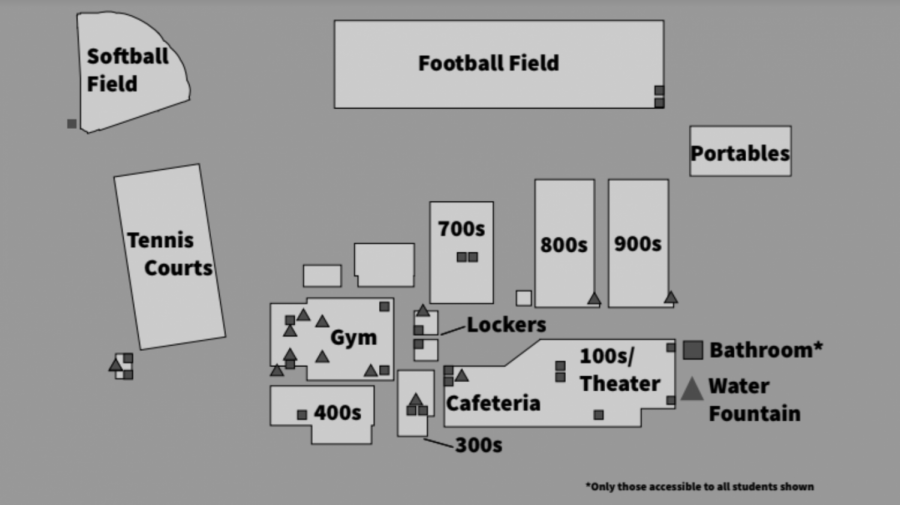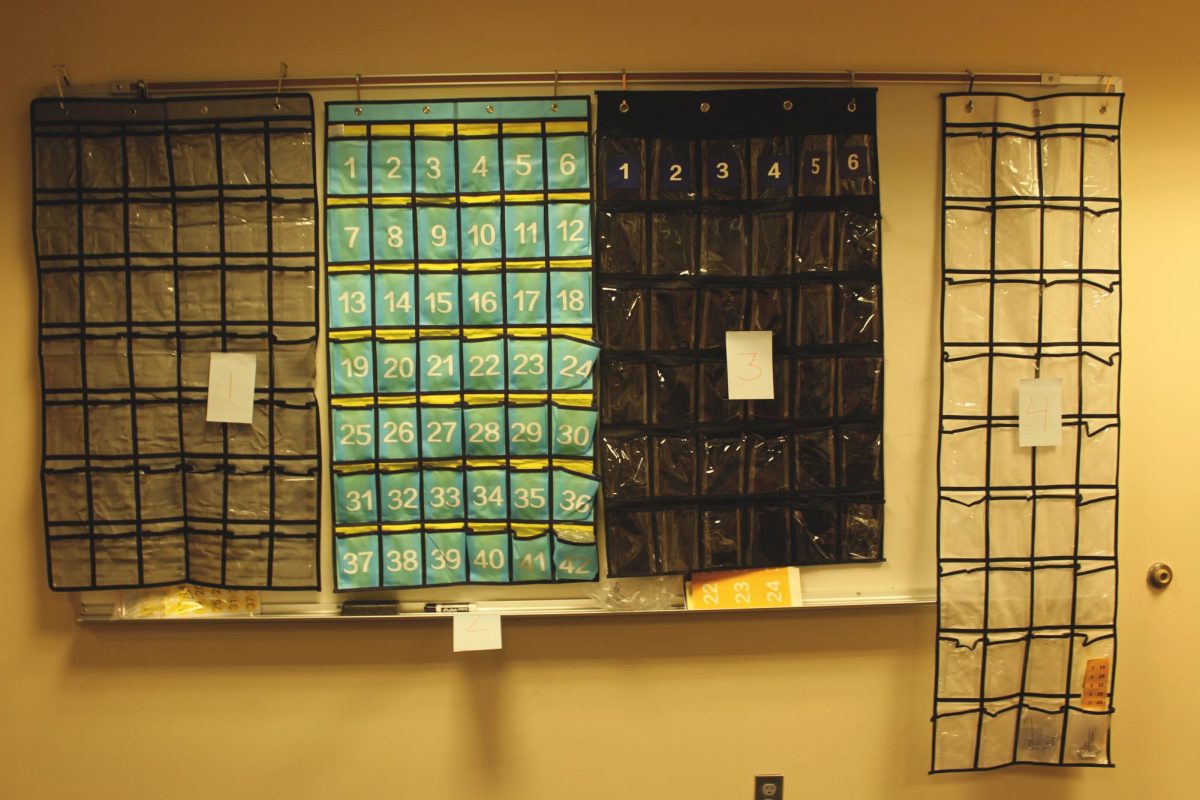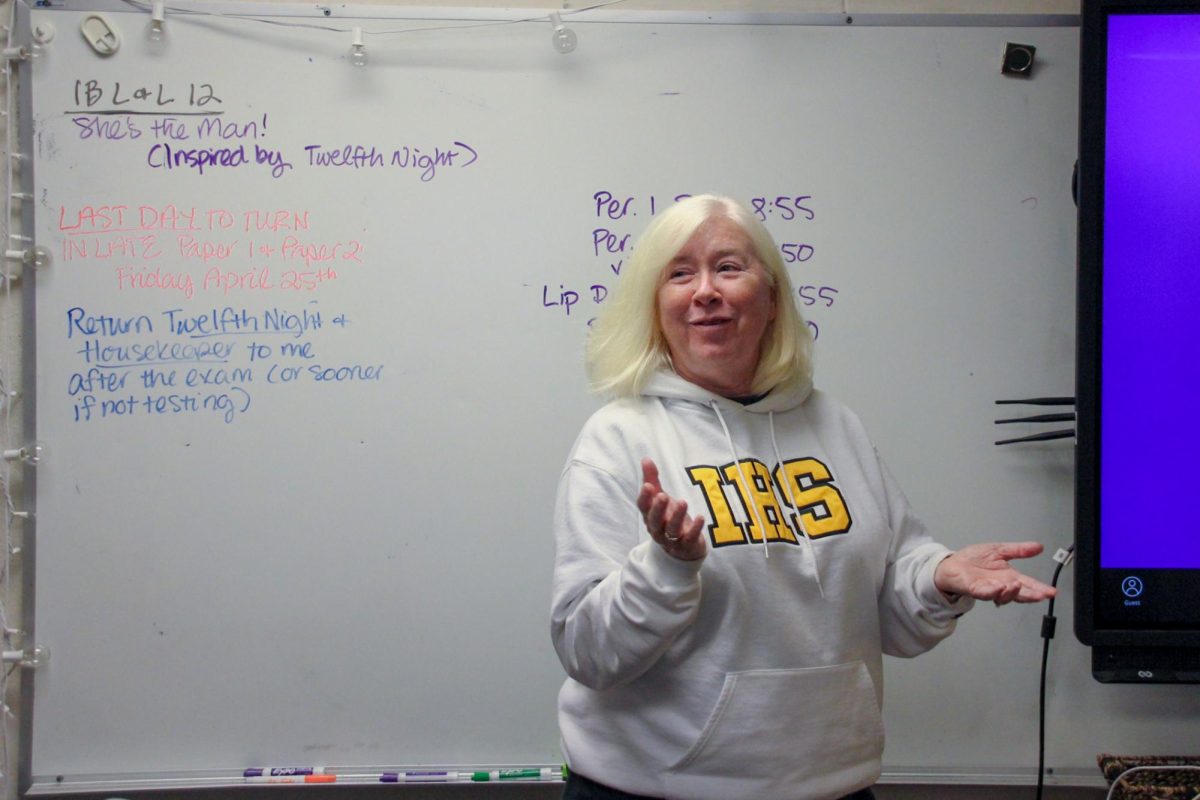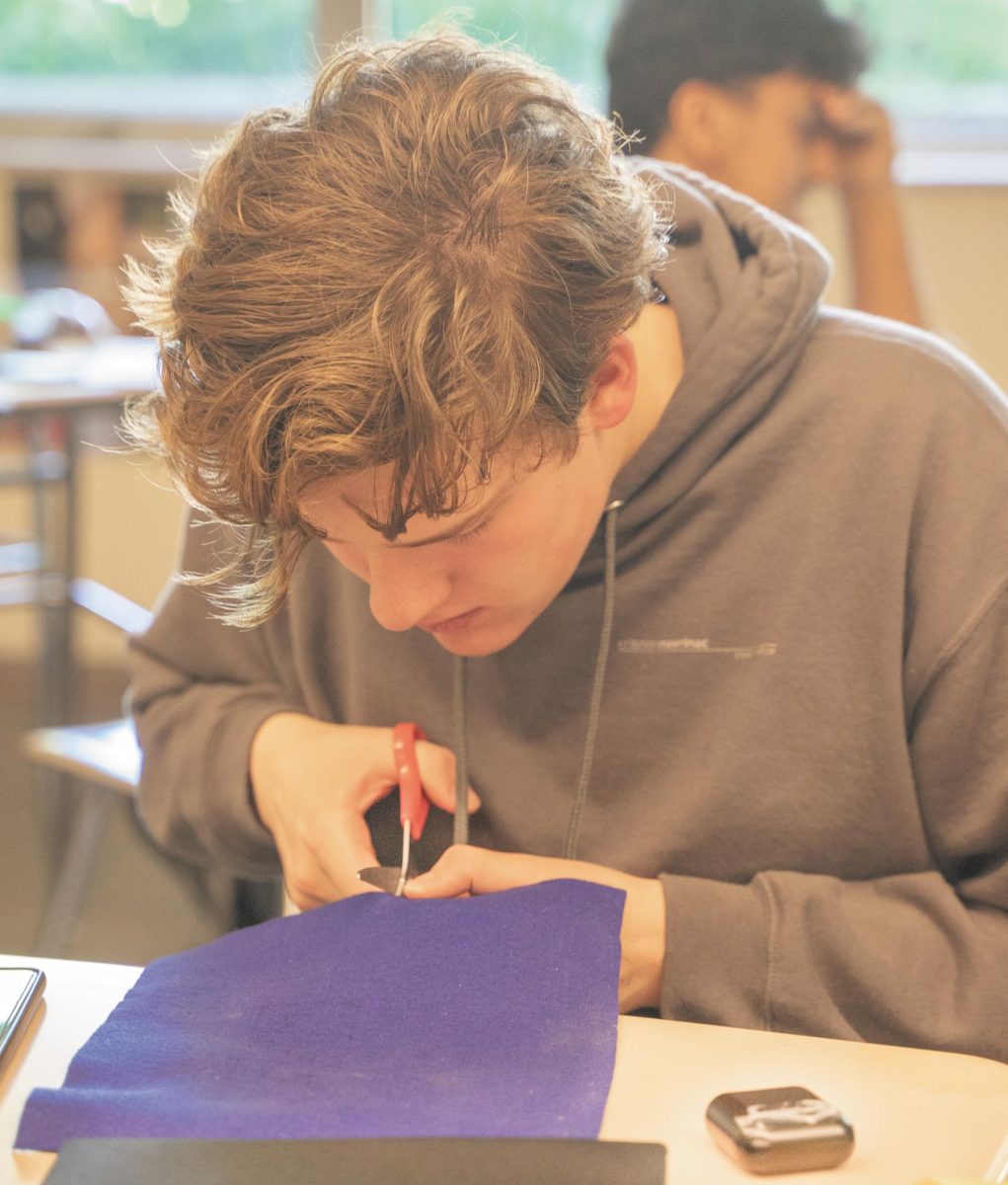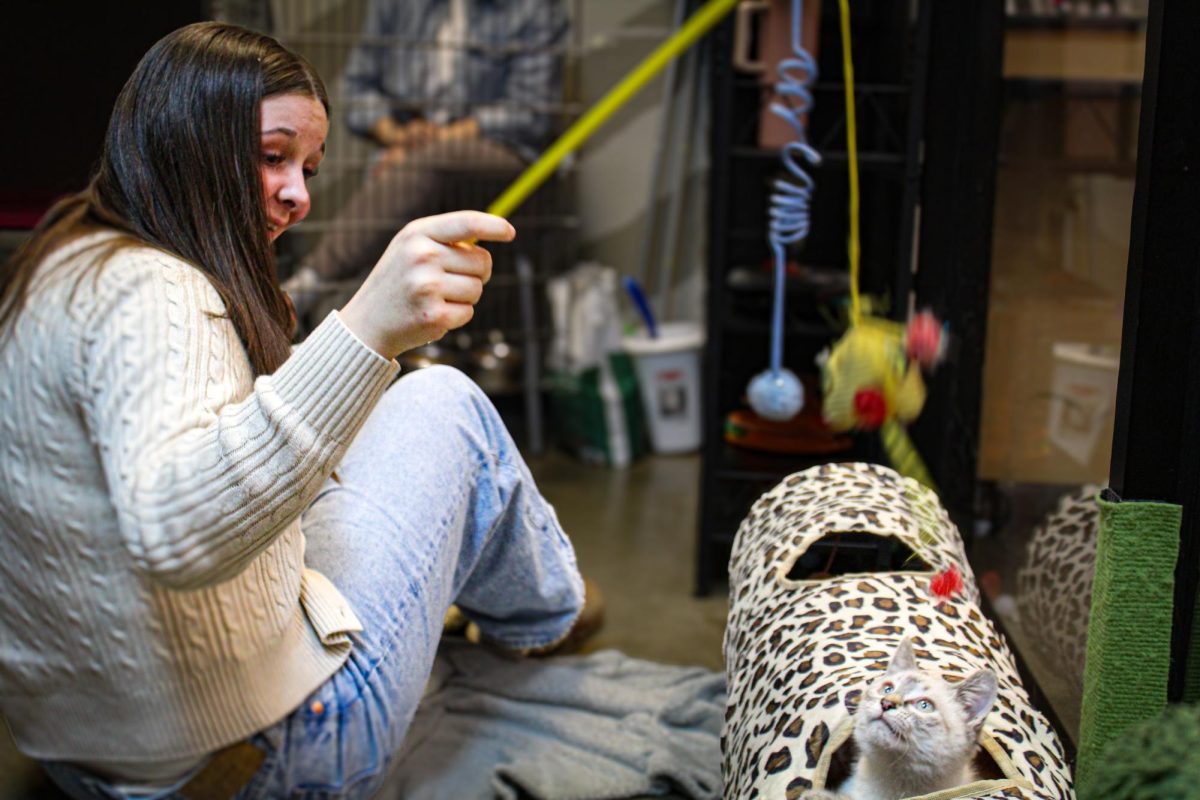It does not take long after one begins learning or working at Inglemoor to identify two major problems with its infrastructure: the lack of restrooms and water fountains. These concerns are frequently voiced in conversations by students and teachers throughout the school year. However, two things have become evident. First, it is clear that few people are aware of the quantity and locations of many of the water fountains and bathrooms on school grounds. Second, those who are aware of the many sites will only use one or a few. From the widely varying qualities between locations to the inaccurate perception of the number of fountains and bathrooms—including gender-neutral bathrooms—there arises a needlessly complicated situation for both students and staff.
Making the surprisingly large number of locations clear and renovating facilities as appropriate would not only mitigate resulting problems like thirst, but it would also lead to healthier drinking habits, plastic bottle waste reduction, decreased bathroom overcrowding and less time that students are gone from class to use the bathroom or get a drink of
water.
The first natural step to take in fixing the water and bathroom situation would be identifying which ones require repairing. However, upon commencing research about the state of affairs, it became obvious that few people on campus actually know where all of them are located, which makes that difficult. Available maps of the school neglect to label the bathrooms on them as such, and water fountains are not shown at all.
In total, my research revealed 24 bathrooms and three portable toilets: nine for men, nine for women and nine that were gender-neutral. Six of the total were either staff bathrooms or in some way restricted to most students. This rather high number should comfort those at the school who feel there are few restrooms; however, even those who do know about several locations often avoid certain ones due to concerns about condition. The complaints include—but are not limited to—flooding and leaking toilets, broken or nonexistent locks, broken or removed handles, nonfunctional sinks, jammed towel dispensers, empty soap containers, peeling toilet seats and, of course, overcrowding.
Each of the 12 water fountains found was taste-tested. In line with common perception, the water fountain located in the cafeteria seems to have the highest water quality and taste. The others had an assortment of problems, including a strange flavor, gritty texture, uncomfortably warm temperature, drains filled with food or other substances, corroded mouthguards and streams that barely exited the faucet.
Unsurprisingly, most students opt to stay away and use reusable water bottles or plastic bottles instead. While the
former of these alternatives is commendable, it is more difficult to refill a bottle without functioning water fountains. Plastic bottles can lead to large amounts of waste, and those students wishing to purchase one from a cafeteria vending machine must pay for it.
It is clear there should be an official inquiry into the locations of restrooms and water fountains on campus, as well as communication of that information to students and staff. Regardless of whether or not the water quality is officially unsafe, many of the fountains themselves have problems that require fixing. Considering the general avoidance of most water fountains, it would also be worthwhile to have a test conducted of the water itself and the underground pip- ing connected to the water fountain. The wildly differing qualities are deeply concerning, and there is no doubt they deserve a review. Despite these conditions, it is also important for students to take basic care of school facilities themselves; general cleanliness is something all of us can and should strive for.
Finally, the administration should make clear that issues with the bathrooms and water fountains can be brought to their attention by providing an avenue through which worries regarding these topics can be filed. Prompt action must be taken to ensure that these school facilities can meet the
needs of students and staff alike.



